

Every Nintendo franchise has its own identity. Super Mario is the pioneer, comforting players with nostalgia even while introducing new, bold ideas. Wario assembles tech demos into a game, offering brief glimpses of what Nintendo’s hardware is capable of. The Legend of Zelda pushes its consoles’ technical limits, creating games that are both moody and epic; Donkey Kong is the hardcore platformer; and Kirby is where Nintendo’s developers get to play.
See, most Nintendo characters have firm, established routines. Not Kirby. If Nintendo has a strange idea, chances are that Kirby will end up the star. Whether it’s an isometric golf simulator, a digital pinball machine, or a tilt-based platformer, nothing is too weird for Nintendo’s iconic pink puffball. In a way, that makes sense. Just look at him. Kirby’s not really a person, he’s a malleable blob, and changing form is his entire gimmick. Kirby is like tofu; he simply absorbs the characteristics of the world around him.
Or, to use another metaphor, Kirby is like a piece of clay, ready to be molded into whatever shape Nintendo needs. That’s the approach that HAL Laboratory took with Kirby and the Rainbow Curse, the stop-motion styled platformer recently released on the Wii U. Kirby and the Rainbow Curse isn’t entirely fresh – its gameplay builds on the formula established by the Nintendo DS title Kirby: Canvas Curse – but what it lacks in innovation it makes up in style. There are few games on the market as effortlessly charming as Kirby and the Rainbow Curse; thankfully, there’s a solid game to back that style up, too.
In Kirby and the Rainbow Curse, players don’t control Kirby directly. Instead, they scribble on the Wii U gamepad with the stylus, drawing rainbow-colored tracks on the screen. Not only does Kirby follow players’ brushstrokes, but the drawings can also be used to block enemy projectiles, clear obstacles, and flip switches. Use it well, and the stylus becomes a powerful weapon; however, players are only given a limited supply of ink, so it’s important to make every stroke count.
Kirby and the Rainbow Curse starts slow, easing players into the unique control scheme, but as the game goes on it’s amazing to see how much mileage HAL Laboratory gets out of such a simple mechanic. Dunking Kirby underwater changes the game’s whole dynamic (Kirby floats, of course), as does the occasional gust of wind. Occasionally, Kirby transforms into a tank, a submarine, or a rocket ship. Each vehicle introduces its own spin on the game’s standard control scheme. They feel familiar, but require an entirely different set of strategies. Some levels also feature gondolas, requiring players to fill in the gaps between ropes to stop Kirby from plummeting to his doom.
If it’s not clear, Kirby and the Rainbow Curse is simply bursting with ideas, and when the developers add them all together, the result is something much more than the sum of its parts. Every single one of the game’s 28 stages contains at least one moment that’s surprising and delightfully clever (a late-game segment in which players control two Kirbys at once is a particular highlight). While the game lacks the minimalist elegance of Super Mario Bros. 3, the overall level design feels similar. Start a level, get introduced to a new gimmick, watch the developers explore that concept to its full potential, and then move on to the next thing.
The one exception to this rule is game’s boss fights, which don’t feel particularly fun or interesting, and bafflingly start to repeat halfway through the game. Kirby and the Rainbow Curse has seven worlds, but there are only four bosses among them (five if you count the final boss’ two forms separately). Ostensibly, the boss battles are harder the second time around, but they’re not really more challenging, just more tedious. In a game that’s otherwise so innovative, blatantly recycled content feels wrong, and really hurts the overall experience.
Kirby and the Rainbow Curse isn’t a very long game, and it’s exceptionally forgiving; when was the last time you saw 1-ups drop during the final boss fight? Thankfully, it also offers a ton of replay value. Every level contains four or five optional treasure chests, which contain Smash Bros.-like trophies, as well as a diary entry that fleshes out the game’s story. A gold, silver, or bronze medal is awarded after finishing each level, depending on how many stars the player grabbed. Kirby and the Rainbow Curse also has forty-plus “challenge” levels, which give players fifteen seconds to complete a simple platforming puzzle. While talented players will be able to blow through the main game in around six hours, completing everything else will take at least twice that; thankfully, the game is fun enough that the extras feel like a bonus, not a chore.
With its stylus-based controls, Kirby and the Rainbow Curse is a very tactile experience, making the game’s clay-based aesthetic a masterstroke of design. Kirby’s world doesn’t just look like it’s been molded from Sculpy, it moves like it too, with intentionally jerky animation that recalls Claymation films like Wallace and Gromit and The Nightmare Before Christmas. Characters stretch ever-so-slightly when moving, and virtual fingerprints appear and disappear between frames on the digital “puppets.” Kirby is a creative game, and it’s appropriate that the whole thing feels like an after-school art project – at least when you can see it.
That’s Kirby and the Rainbow Curse’s biggest flaw: while Kirby would be impossible without the Wii U’s gamepad, the controller ultimately gets in the way. The game looks amazing on a big television, but players will never have the chance to look up from the gamepad. That’s a problem. The smaller screen hides many of the game’s subtle visual touches, to the point where it might as well be rendered in straight 3D. Even worse, when the playfield gets crowded, it’s hard to follow the action on the small display, and sometimes the hand wielding the stylus obscures important information.
The gamepad’s flaws aren’t enough to ruin an otherwise excellent game, but they do make it harder to wholeheartedly recommend the title. Every moment of exquisite platforming and delightful surprise is tempered by the realization that there’s a better looking version of the game playing out a few feet away. Kirby and the Rainbow Curse might have been designed for the Wii U’s signature touch screen, but in the end it provides a convincing argument against relying on the gamepad’s unique features. Kirby and the Rainbow Curse is just as fun to watch as it is to play; it’s just too bad that you can’t do both at the same time.
Kirby and the Rainbow Curse is out now for Wii U. Game Rant was provided with a download code for this review.
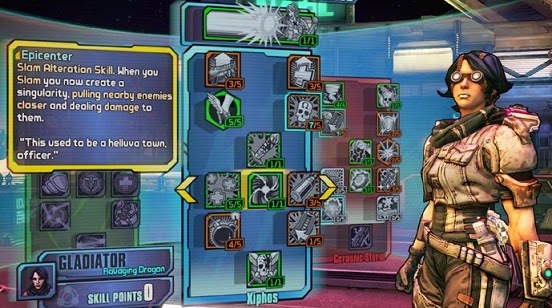
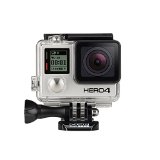
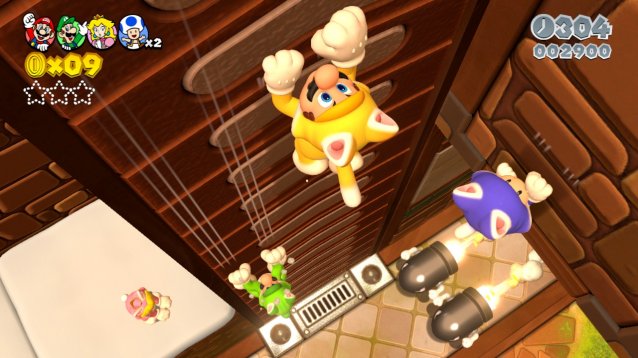
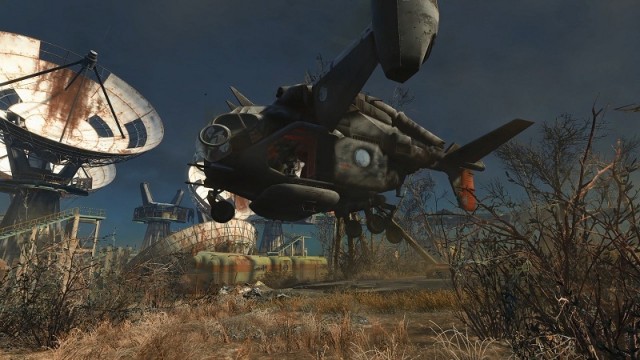
 MGS V: The Phantom Pain Snake Costume Guide: How To Unlock All Eleven Costumes
MGS V: The Phantom Pain Snake Costume Guide: How To Unlock All Eleven Costumes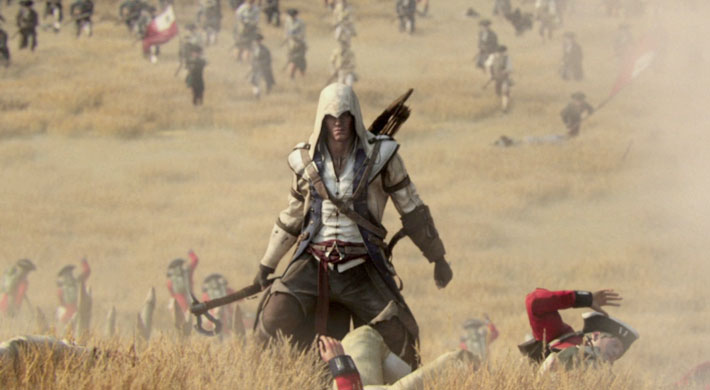 Assassin’s Creed 3 Review
Assassin’s Creed 3 Review Homefront PS3 Trophies
Homefront PS3 Trophies Marxism lives on in The Tomorrow Children
Marxism lives on in The Tomorrow Children The Forest Wiki – Everything you need to know about the game .
The Forest Wiki – Everything you need to know about the game .